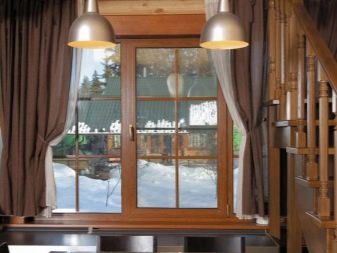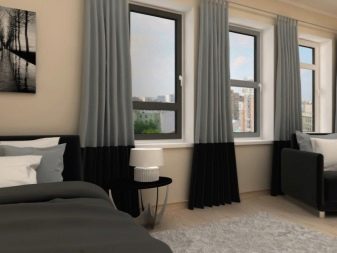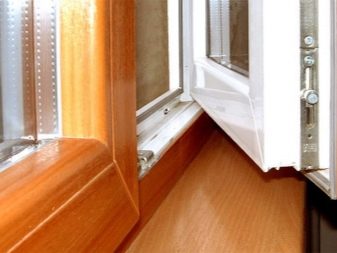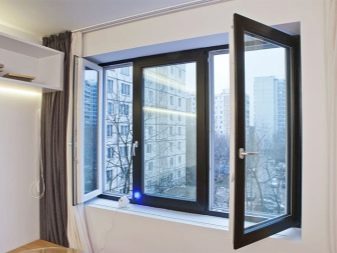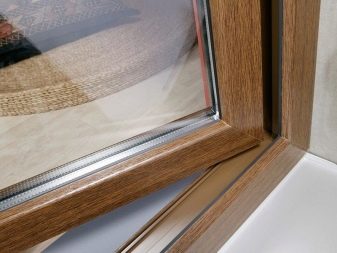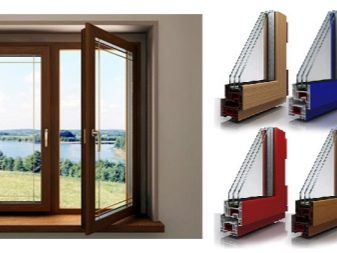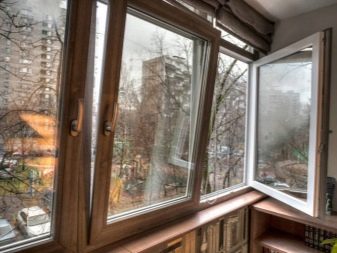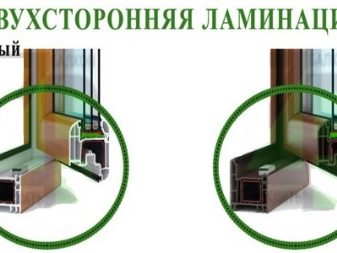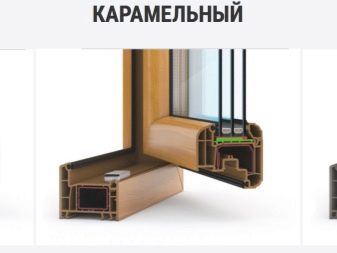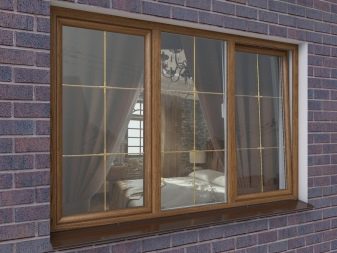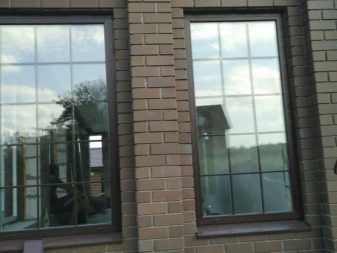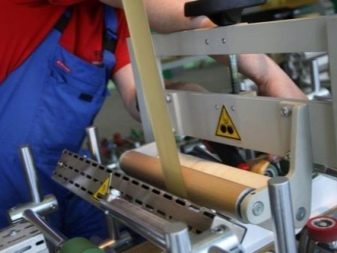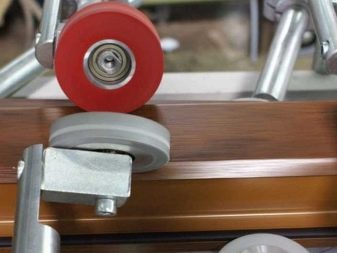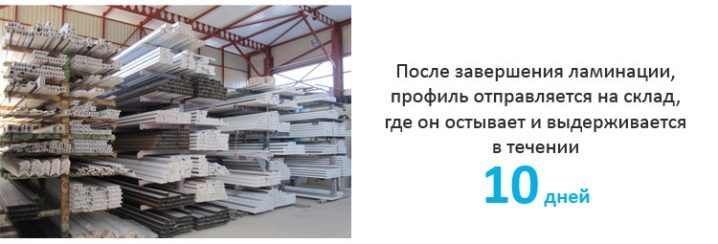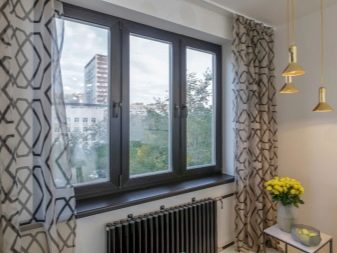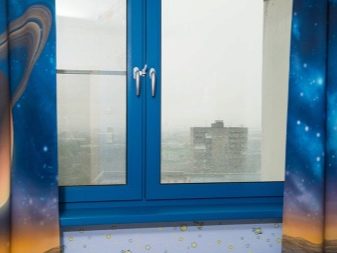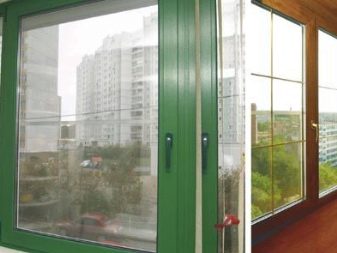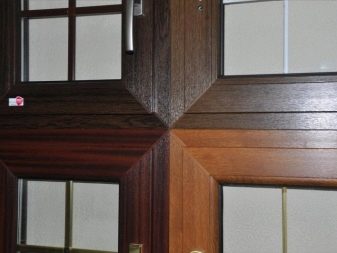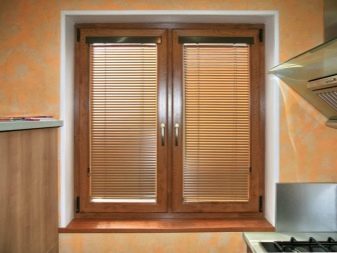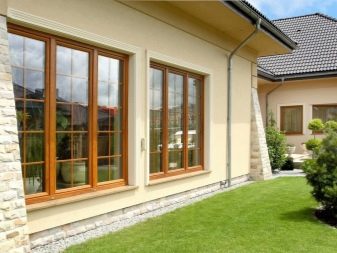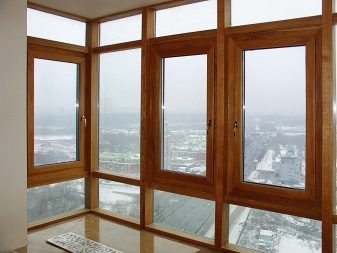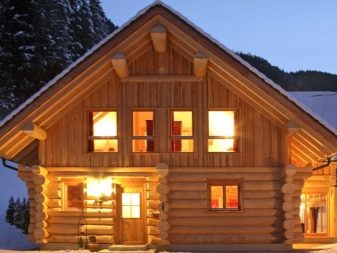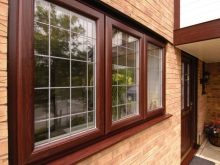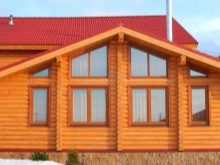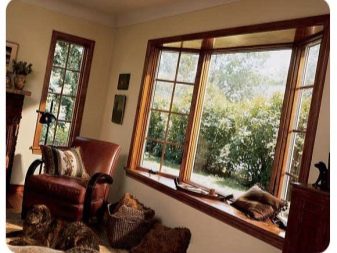Laminated windows: beautiful design options
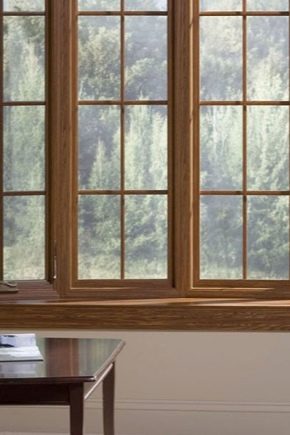
Plastic windows in a house or apartment are no longer an attribute of luxury, but a common occurrence. They are well soundproofed room and have an attractive appearance. Traditionally, they are made in white color that fits into any interior. However, sometimes apartment owners express the wish that the frames have a different shade. Then laminated windows come to the rescue. Due to the fact that they are covered with a special film, they can give any desired color.
Special features
For the first time laminated windows appeared on the market of building and finishing materials in 1982 thanks to the company Rehau. It was this company that first used plastic lamination film, thus turning the white frame into a colored one.After that, this trick began to enjoy success, as it made it possible to select shades of window frames for any interior design.
Previously it was possible to laminate a window in only one way - from two sides, which created problems in apartment buildings. After all, in SNiPs there are requirements for the facade, including its appearance - it should be uniform, and the windows should look about the same.
Now it is possible to cover the frame with a film only from the inside, leaving the outer part white. This removes many problems for homeowners in apartment buildings, while giving the opportunity to decorate the frame and the window from the inside as you like. As for the happy owners of private houses, this does not concern them, they can give the windows in their home shape and color at their discretion.
Due to lamination, plastic windows receive additional protection from damage. In addition, the possibilities for decoration are significantly expanded with the use of frames coated with laminate film. For example, an interior decorated in ecostyle will only benefit from “wooden” frames, because this way artificial material - plastic is leveled.
Cached frames are not susceptible to ultraviolet radiation, while they are environmentally friendly and harmless to the human body, since the evaporation from PVC retains film when heated in the sun. On such windows dirt and dust are less noticeable, they do not need to be painted and updated.
If cached film is used for lamination, the frame will withstand a temperature drop from -80 to + 1300С.
Kinds
In essence, lamination is a process in which a colored decorative film at a low speed rolls onto a PVC base under pressure at high temperature.
There are such types of lamination:
- external;
- internal;
- double sided;
- in bulk.
In the first embodiment, inside the room, the frame retains white color, and on the facade becomes colored. In the second case, the frame remains white outside and at the ends.
With double lamination, the color outside and inside can be both different and the same - depending on the wishes of the customer.
Painted in bulk, as a rule, beige, caramel or brown. They look very natural - like wood, and from all sides, including from the end. Metal-plastic cached under a tree is the most beautiful (there are no white marks and bald spots on it), but it also costs more than others.
If the apartment is in a new house, there is no need to laminate the outer side of the frame, but if the house is old, belonging to architectural monuments or simply a renovated “Stalinka”, the colored frame will organically fit into the facade.
Original windows or unusual accessories on the windows will give extra chic.
The process of lamination, that is, covering the window frame with a special film is quite complicated and involves several stages. First, a primer is applied to the plastic surface. This is necessary in order to increase the adhesion, i.e. the coupling of the plastic with the film. During the day, the primer dries, after which the profile of the future frame is placed in the installation, in which it warms up to 1,300 degrees, after which a film is applied to it. Since a special adhesive composition is used to fix the film, it cannot be removed after it has been applied and “grabbed”.
After gluing, the profile is placed in another apparatus, where it is treated with different rollers so that all air bubbles leave the film. After that, the coating becomes completely smooth and 100% adjacent to the profile.
The entire sequence of actions should be carried out with the observance of technology; at home it will not be possible to repeat it.
If you violate the requirements for the implementation of the action, then the film either simply does not stick to the plastic, or it will stick, but unevenly.
After the profile is treated with rollers, it is placed in storage in a room with a specially set temperature and humidity, where it is located for about 2 weeks. After that, a window frame is made from the profile and glass is inserted into it. In this case, it is possible to avoid deformation of the coating and minimal shrinkage of the film. Therefore, having decided that colored windows will be installed in your apartment, you need to consider that it will take more time to manufacture them.
In addition, these windows are more expensive than ordinary white. On average, their price is higher than the traditional, by 20 percent.
You can laminate not only the window frame. Glass is also subject to film coating, if the owner has such a desire. Then it acquires a tint, getting the property of protecting the room from the rays of the sun.
As for the film, it is a polyvinyl chloride coating consisting of many layers. Despite the property of multi-layer, it is very thin - 0.2 mm.The basis of it is acrylic color chosen by the customer. Considering the options for coverage for a window facing the sunny side, you need to remember that color, especially black film heats up much faster than white plastic.
Film-laminate includes several layers. The top layer is transparent, it consists of polymethyl acrylate and polyvinyl lidene chloride. It is these components that make the film glossy and give it shine. They help the material to resist the ravages of environmental factors. After all the processing steps are completed, the layout is different - the layers are merged into one.
Colors
To date, there are 3 ways to change the color of the window. With bilateral lamination, the film is applied on both sides of the window. At the same time on the seam of the frame there are traces of white background, noticeable when opening. With a one-sided method of applying a film, you can laminate either the inner or the outer side, leaving the other white.
If bilateral lamination is performed on a colored base, then one of the sides of the profile is brown. Then the film can only be of the same color, bright colors will not work.
It is important to bear in mind that the same shade can look very different on the front of the house and inside the room. Still, the lighting in the house most of the day is artificial, so the colors look darker than the outside, where the natural color falls on them.
The palette of colors and shades for lamination of window frames is quite large. For dyeing "in bulk" manufacturers use the so-called standard color set (beige, wood is dark and light - oak, cherry, birch). Samples are available in each firm, you can get acquainted with them without problems.
But at the customer’s choice, you can give the window any shade - from golden oak to mahogany. Most often choose the shades of wood, and expensive varieties. Then the windows look more noble and more expensive than ordinary plastic.
Of course, they, like any exclusive, will cost more - about a quarter of the cost of a regular window. But if you have the means and the desire to create a unique interior, where every detail is in its place, then this is an excellent choice.
Shades of wood give the frame a resemblance to natural material, but at the same time they retain all the properties of PVC.
Care
To look after the windows covered with a film-laminate is simple. In essence, the care is no different from a similar procedure with ordinary white frames. Since the film is resistant to chemicals, it can be washed with any kind of cleaning agent. Ban one - do not use abrasives, hard sponges. Solvents will also harm the coating, so those stains that are not washed off with the usual means, unfortunately, will have to be left on the surface. Neither acetone, nor gasoline, nor paint thinner, nor turpentine can be used.
Doing your own hands consists of wiping the windows with a damp or damp cloth, in places of dirt you must apply a detergent that is washed off with water. After thoroughly rinsing the plastic, wipe it dry with a clean cloth.
Tips and tricks
If you decide to install laminated frames and you are not afraid of their high cost and the need to wait for their manufacture longer than ordinary plastic windows, you need to remember and follow a number of recommendations:
- Accessories for windows are not laminated, it is produced in several shades at once (more often, of course, in white).Therefore, we must be prepared for the fact that it will differ in color from the frames. Before you pay for your order, you need to consult whether lamination is possible on the selected profile and what the final color will be. This is especially important if the profile that is planned to be covered with a film is not white.
- In the cottage you can install windows of any color, in the apartment it is better to stay only on the inside lamination, so as not to disturb the general appearance of the facade.
- The film is easily damaged, so you should handle the laminated frame carefully. It is better to immediately purchase a special marker in the same shade to mask such annoying scratches and marks from mechanical damage.
- The optimum shade for the film is slightly darker than the one you want. After a short time (up to six months) after installation, it will fade slightly and acquire the desired tone.
- Since the film is the most vulnerable part of the frame, you should minimize the impact on it during installation. It is better to seal the surface with masking tape.
- If the laminated frame is covered with protective tape, then it should be removed immediately after all the dirty work is finished.Otherwise, the glue may dry to the film and either leave damage to it or come off with the film.
- For windows "under the tree" will need the same sills and the rest of accessories. Ordinary pens, mounts can look alien and give off unnatural material.
- In order to correctly mount the color profile and avoid temperature deformations, it is necessary to make the anchors step more frequent with an interval of 45-50 cm. Then the mount will be stiffer.
- Laminated windows are very good to put on the loggia, especially large in size. Subzero temperatures are not terrible for the film, the heat, too.
Feedback from consumers and those who decided to install such windows are usually positive. Most emphasize that if the lamination process is not disturbed, the film is held tightly and for a long time, no air bubbles arise. The joints are invisible, as they are painted after the installation process.
Some customers point out that the same color of the profile looks different inside and out. If it looks good on the facade, then the room may seem too dark. This should be taken into account when choosing a shade.
Practically everyone stops on the unbudgeted of such windows, highlighting, however, the expensive appearance and attractiveness of the structure.
Beautiful examples
- Laminated cherry color frames look like natural wood, giving the house a more eco-friendly and “natural” look.
- Arch-shaped windows located in a bay window and laminated under a tree give the building a resemblance to a medieval castle.
- The hue of window frames clearly coincides with the color of the logs, creating the illusion of the same material used for the construction and decoration of the cottage.
- The surprisingly beautiful sloping “wooden” window harmoniously combines with a window sill similar in color.
- On the "wooden" wide window sill, you can even sit down with a book, so he has to it.
Read more about laminated windows in the following video.
